You Don’t Need To Modify Gravity To Explain Dark Energy
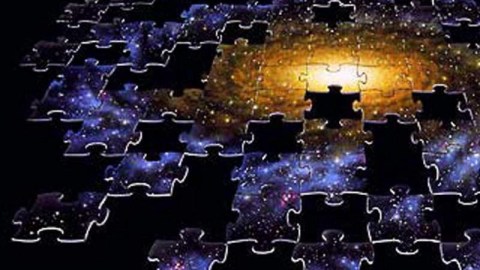
Just because an idea is fashionable doesn’t mean it’s relevant for our Universe.
One of the greatest unsolved puzzles in all of science is dark energy. The Universe isn’t just expanding, but the expansion rate that we infer for distant galaxies is accelerating: their recession velocity speeds up from our perspective as time goes on. This was a surprise when it was discovered empirically in the 1990s, and more than two decades later, we still don’t understand where this mysterious form of energy, the most abundant in all the Universe, comes from.
While you can explain dark energy in the context of General Relativity, it’s recently become fashionable to attempt to explain dark energy by modifying gravity instead. Recently, the award-winning theoretical work of Dr. Claudia de Rham has come into focus, leading The Guardian to ask, “Has physicist’s gravity theory solved ‘impossible’ dark energy riddle?” It’s a fascinating possibility, but one that demands an appropriate level of skepticism.

You can imagine the Universe as a race between two contestants: the initial cosmic expansion, which causes distant objects to recede away from one another, and gravity, which works to pull everything back together and attempt to recollapse the Universe. The Big Bang is the starting gun, and while distant objects begin receding from one another, gravity will always work to slow them down.
The three possibilities you can imagine are similar to the Goldilocks fable:
- either the expansion is too fast for gravity to overcome, and all the gravity in the Universe cannot stop or reverse the expansion,
- or there’s too much gravity for the initial expansion rate to keep up, and the expansion will slow, halt, and reverse, leading to a Big Crunch,
- or the expansion rate and gravity balance perfectly and our cosmic porridge is just right so that the expansion rate asymptotes to zero, but never reverses.
Unfortunately for our intuition, the Universe does none of these.
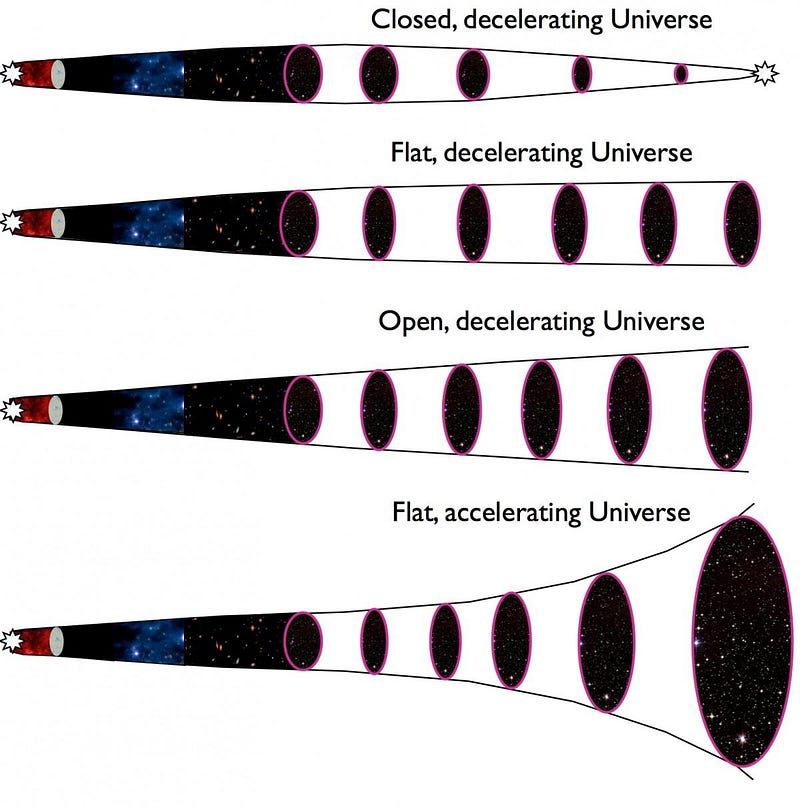
Sure, it looked like it was on its way toward the perfectly balanced case for the first 7 or 8 billion years, but then a new phenomenon emerged: dark energy. While scientists don’t have enough evidence to draw a conclusion as far as what’s responsible for causing dark energy to exist and dominate our Universe, we can describe what it does and how it affects our Universe extremely well.
If you were to point your telescope at a distant galaxy and measure its light, from the moment of its creation until the present day, you’d find that the light you observed was always redshifted in comparison to the light that was emitted. As light travels through the expanding Universe, the fabric of that space itself stretches, which stretches the wavelength of light. By the time it arrives at our eyes, its wavelength is longer, meaning its color is redder and its energy is lower compared to when it was emitted. The distant galaxy itself, too, that initially emitted that light, gets farther and farther away as time goes on.
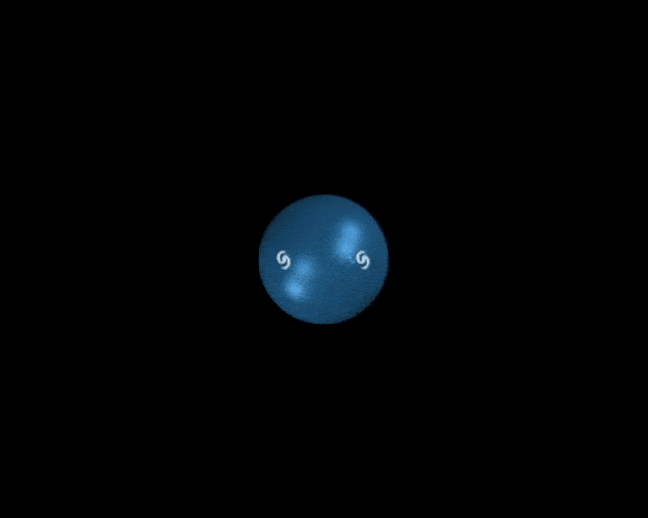
If there were no dark energy, any individual galaxy would start out with a specific redshift — its light would be stretched by a certain amount — and that redshift would decrease with time. As gravity worked to slow the expansion rate down, distant galaxies would appear to recede at progressively slower rates, and their light would appear less and less redshifted as the Universe continued to evolve.
In our Universe, however, we see something else: individual galaxies appear to slow down for the first 7.8 billion years of the Universe’s history, and then their recession speed appears to accelerate. As time goes on, distant galaxies individually appear to speed away from us at faster and faster rates. Already, of the 2 trillion galaxies contained within our observable Universe, 94% of them are forever beyond our reach, even if we left today and headed towards them at the speed of light.
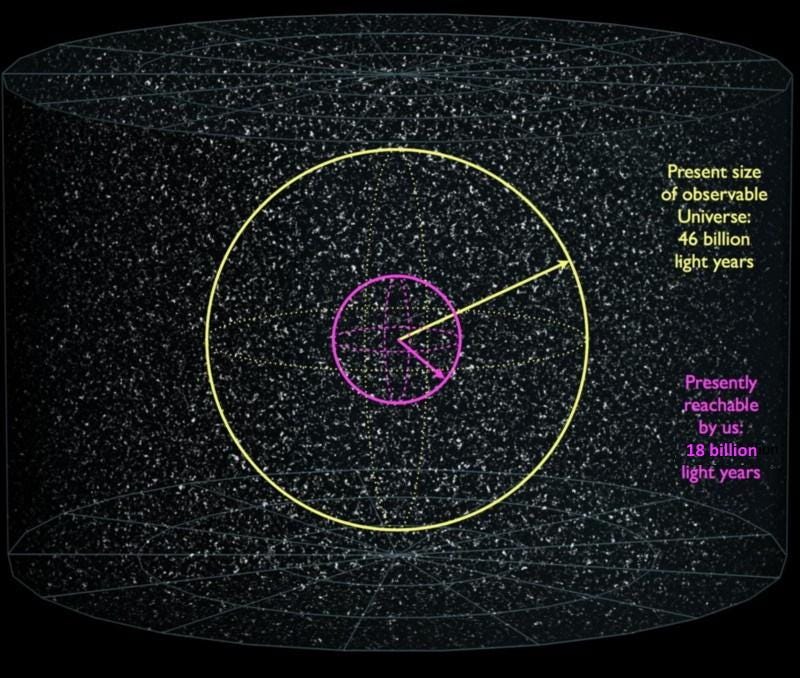
The big question, of course, is why. Why does our Universe have dark energy? Why does dark energy have the non-zero value that it does? And why does it have the specific properties that it does?
Since dark energy was first hinted at and then discovered in the 1990s — from the large-scale structure of the Universe, from the requirements of the Universe’s age for the stars within it, from the faintness of distant supernovae, and from the combined flatness of the Universe with the measured matter density — scientists have known it’s been incredibly consistent with what we call a cosmological constant: one of the few things we can add into Einstein’s General Relativity that doesn’t violate the core predictions of the theory itself.
The idea of a cosmological constant is simple: the fabric of space itself has a non-zero amount of energy inherent to it.
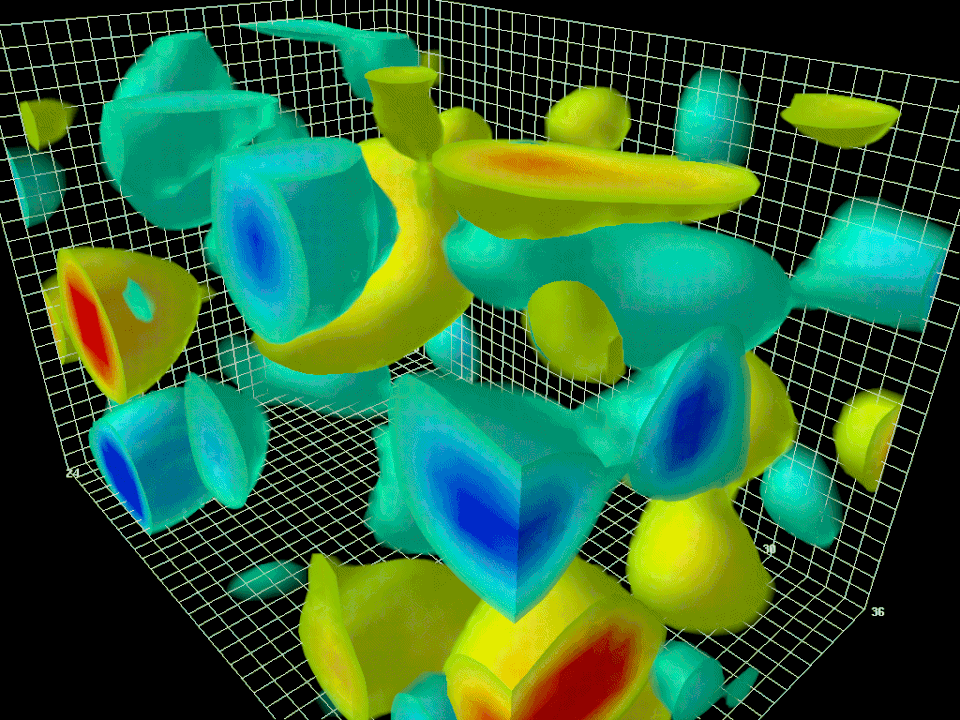
This is the simplest, most conservative path toward explaining dark energy: it’s simply due to the properties of space itself. If dark energy is truly described by this zero-point energy of space, and is indistinguishable from a cosmological constant, then it should:
- have a specific energy density that never changes with time,
- cause all wavelengths of light to redshift by exactly the same amount,
- cause the effects of the accelerated expansion to obey one particular relationship as far as change over time goes,
- while still demanding that gravitation is the same at all times, for all observers, in all reference frames, and that the speed of gravity is exactly equal to the speed of light.
Every component of that last point has been observed to be true to extraordinary precision wherever we’ve tested it, which is why modifications to gravity already come so severely pre-constrained.
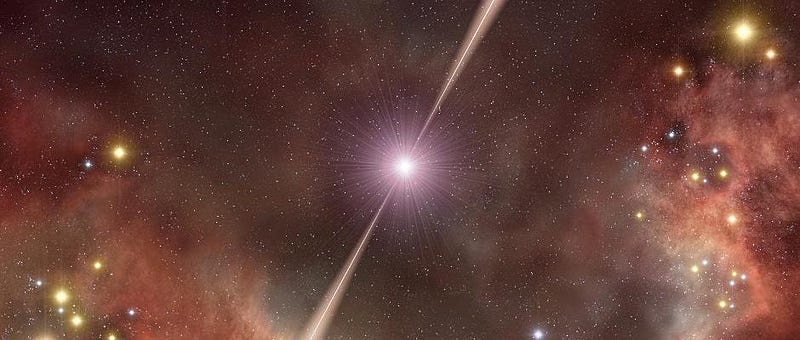
Still, modifying gravity has become fashionable lately, with many theorists tinkering with ideas that break the rules of General Relativity. The most common types of modifications either add an extra field (scalar, vector, or both), an extra set of terms (like a new coupling), or they break the notion that gravity is the same law for everyone at all times. All of these are already highly constrained, as General Relativity has passed every test we’ve ever subjected it to with flying colors.
However, some of these ideas fade in and out of fashion. This last option is known as breaking Lorentz invariance, which means throwing away the very principle upon which relativity was founded. Recently a new line of research has gained traction, attempting to modify gravity by positing that the graviton, the gravitational force-carrying analogue of the photon, isn’t exactly massless, but rather has a tiny, non-zero mass inherent to it.
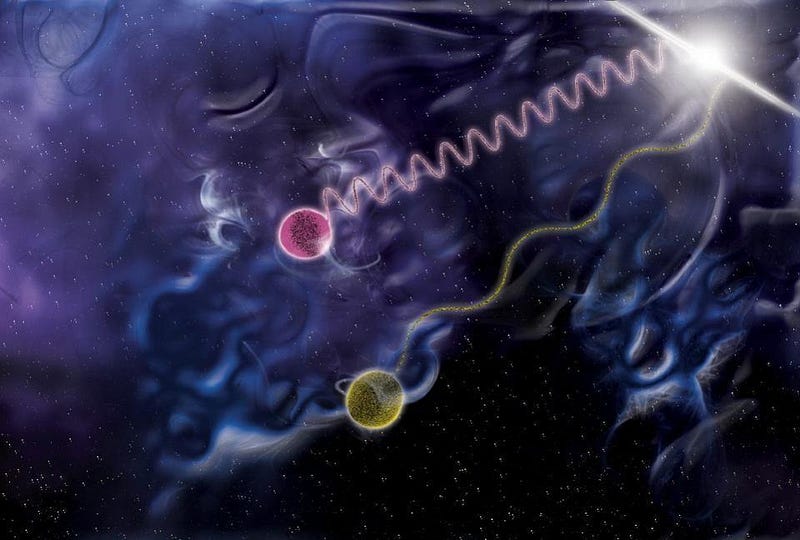
This would have tremendous consequences for physics, if true. First off, it means that gravity is not truly a long-range force; at large enough distances, it should get weaker in a faster way than the electromagnetic force (based on a massless photon). Second off, it means that changing your coordinates, either by moving at a constant speed or by moving to a different location, will change how you perceive the laws of gravity.
But third off, it means that the speed of gravity is less than the speed of light, and that’s harder to reconcile. In fact, there are observational and experimental limits on all three of these that tell us that if gravity is either not truly long-range, is not coordinate or boost invariant, or if its speed is not exactly equal to the speed of light, it has to be really, really close.
But the fourth consequence of a massive graviton is the most disturbing of all from a theoretical point of view: its mass changes over time in proportion to the expansion rate itself.
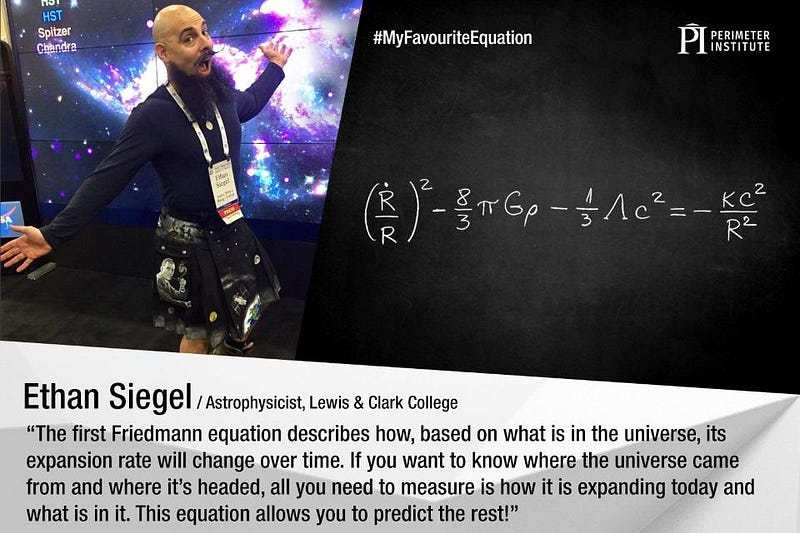
This is the theoretical physicist’s analogue of playing in the sandbox. At some point, we know that General Relativity will not be the full answer to everything, as there are questions we can ask that it is incapable of answering. Therefore, some argue, it’s reasonable to explore what some different ways are to “break” General Relativity, to work out the consequences, and to look for deviations. At some level, scientists have been doing this for 100 years.
But the deviations have never been seen. There are strong constraints on alternatives to General Relativity that incorporate scalars or vectors. The speed of gravity must equal the speed of light to better than 3 parts in a quadrillion, a problem that requires further theoretical contortions to avoid even for de Rham’s vaunted idea. And, perhaps most frustratingly, these attempts to explain dark energy all sweep the big question — of how to calculate the zero-point energy of space itself — completely under the rug, without addressing it at all.
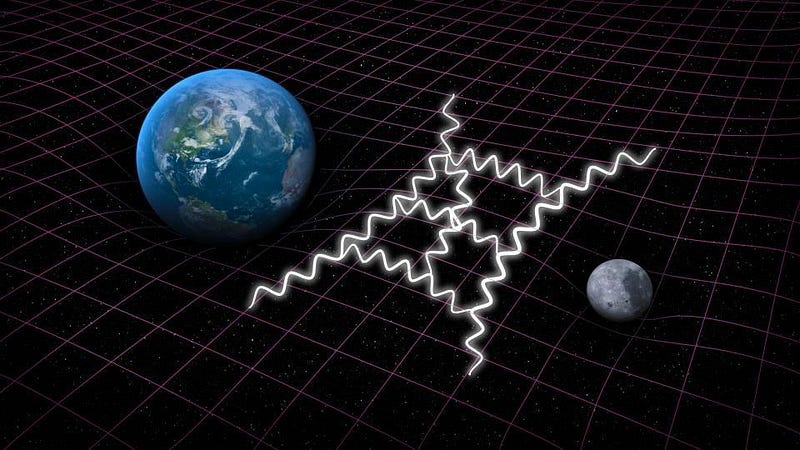
It’s absolutely true that dark energy exists, that the evidence supporting its existence is overwhelming, and that while scientists can do an excellent job of describing dark energy, we do not understand what causes it or where it comes from. It could be that our present theory of gravity, General Relativity, isn’t quite right, and that the specific way in which it isn’t right will ultimately be responsible for dark energy. That’s what most theorists working on modified gravity are banking on.
But this is still nothing more than playing in the sandbox. Observable and measurable tests continue to agree with General Relativity in its unmodified form, and explaining the value of the cosmological constant remains an unexplained puzzle in all versions of gravity, both modified and unmodified. If you want dark energy, the cosmological constant does the job perfectly. You can do the job differently if you like, but be honest about what you’re doing: adding an additional, unnecessary complication to explain something that’s already complicated enough on its own.
Ethan Siegel is the author of Beyond the Galaxy and Treknology. You can pre-order his third book, currently in development: the Encyclopaedia Cosmologica.





